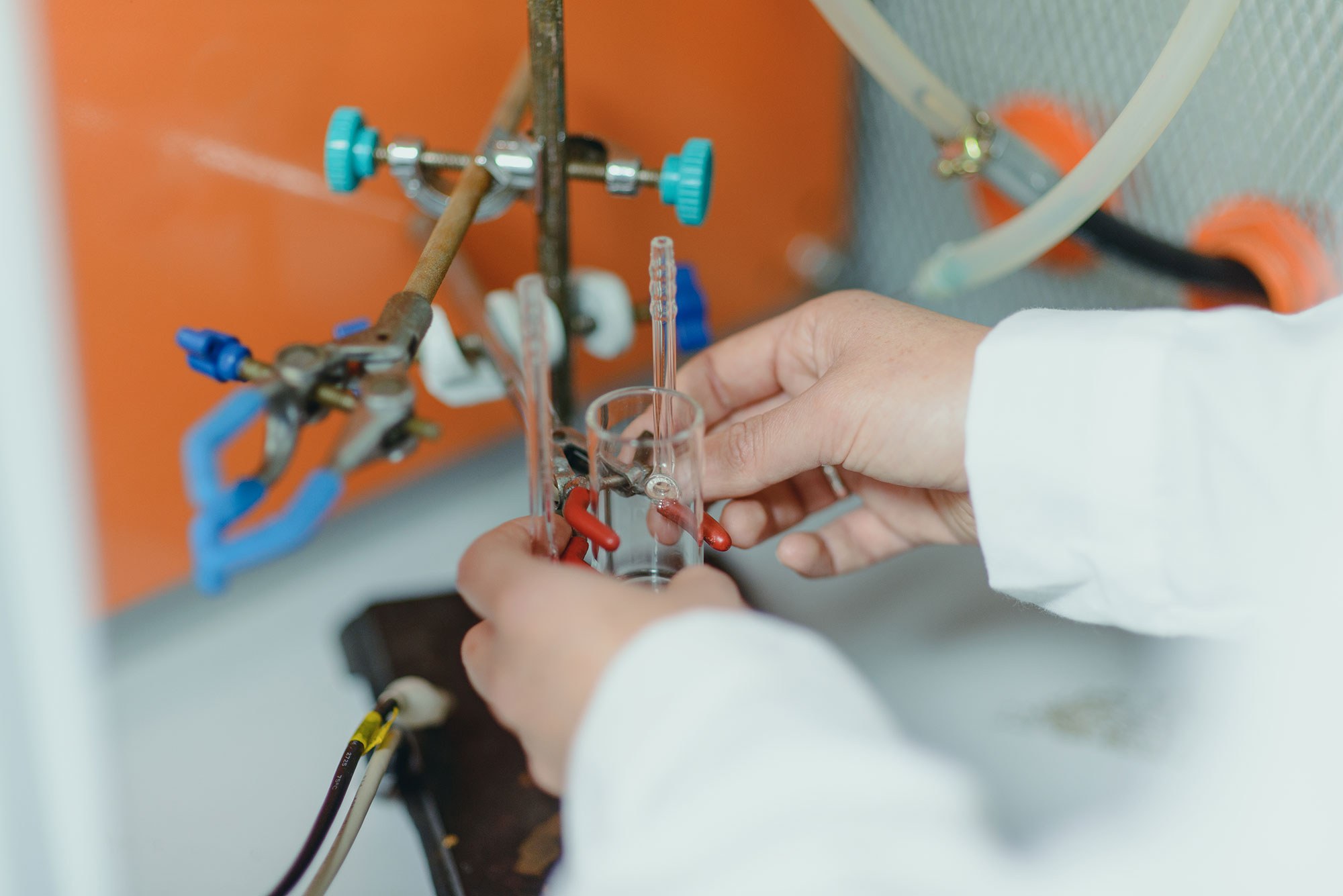Jayakumar, K., Camarada, M. B., Dharuman, V., Rajesh, R., Venkatesan, R., Ju, H., Maniraj, M., Rai, A., Barman, S. R. & Wen, Y. (2018). Layer-by-layer-assembled AuNPs-decorated first-generation poly (amidoamine) dendrimer with reduced graphene oxide core as highly sensitive biosensing platform with controllable 3D nanoarchitecture for rapid voltammetric analysis of ultratrace DNA hybridization. ACS applied materials & interfaces, 10(25), 21541-21555. https://doi.org/10.1021/acsami.8b03236
Abstract: The structure and electrochemical properties of layer-by-layer-assembled gold nanoparticles (AuNPs)-decorated first-generation (G1) poly(amidoamine) dendrimer (PD) with reduced graphene oxide (rGO) core as a highly sensitive and label-free biosensing platform with a controllable three-dimensional (3D) nanoarchitecture for the rapid voltammetric analysis of DNA hybridization at ultratrace levels were characterized. Mercaptopropinoic acid (MPA) was self-assembled onto Au substrate, then GG1PD formed by the covalent functionalization between the amino terminals of G1PD and carboxyl terminals of rGO was covalently linked onto MPA, and finally AuNPs were decorated onto GG1PD by strong physicochemical interaction between AuNPs and −OH of rGO in GG1PD, which was characterized through different techniques and confirmed by computational calculation. This 3D controllable thin-film electrode was optimized and evaluated using [Fe(CN)6]3–/4– as the redox probe and employed to covalently immobilize thiol-functionalized single-stranded DNA as biorecognition element to form the DNA nanobiosensor, which achieved fast, ultrasensitive, and high-selective differential pulse voltammetric analysis of DNA hybridization in a linear range from 1 × 10–6 to 1 × 10–13 g m–1 with a low detection limit of 9.07 × 10–14 g m–1. This work will open a new pathway for the controllable 3D nanoarchitecture of the layer-by-layer-assembled metal nanoparticles-functionalized lower-generation PD with two-dimensional layered nanomaterials as cores that can be employed as ultrasensitive and label-free nanobiodevices for the fast diagnosis of specific genome diseases in the field of biomedicine.






